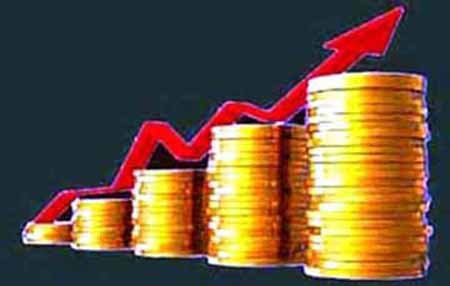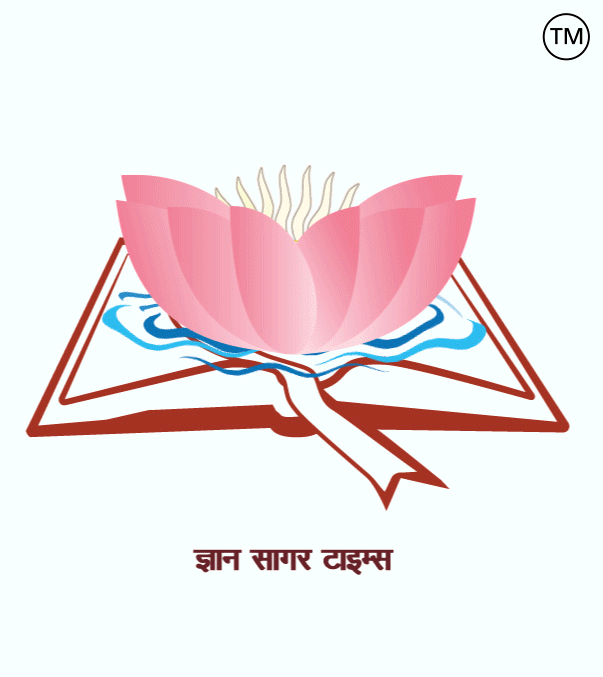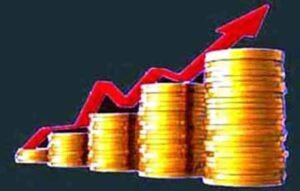
Related to economics -188.
|
1. Who is the author of the famous book ‘Arthashastra’? = Chanakya 2. What is the main source of India’s national income? = Service Sector. 3. Where does latent unemployment usually appear in India? = Agriculture sector. 4. How much of India’s total manpower is spent in agriculture? = 45 %. 5. Who has more than one-third of the country’s population? = Poverty line. 6. National Income in India is calculated by = Central Statistical Organization. 7. Which bank has the largest branches in India? = State Bank of India. 8. Which Indian bank has the largest overseas branches? = State Bank of India. 9. India’s largest public sector undertaking in terms of annual sales? = Indian Railways. 10. Where is the United Kingdom the largest partnership of multinational corporations in the country? = Europe and North America. 11. Where the stock exchange was first established? = Mumbai. 12. What is the number of recognized stock exchanges in India? = 24. 13. Which region contributes most to India’s national income? = Services Sector (Tertiary Sector). 14. Which region contributes most to the gross domestic savings in India? = Domestic Sector. 15. Which sector has the highest share of gross national product in the Indian economy? =Services Sector (Tertiary Sector). 16. The first Indian company to be listed on the London Stock Exchange? = Vedanta. 17. Which scheme was introduced by the Central Government to provide social security to the common citizens? = National Social Assistance Programme. 18. When the income of the government is low and expenditure is high, what is that economy called? = Budgetary deficit or fiscal deficit. 19. What is the place of Indian economy in the world on the basis of Purchasing Power Parity-PPP? = Third. 20. When there is not a substantial decrease in the birth rate of a country’s population, what is it called? = Population explosion. 21. Whose annual publication is the World Development Report? = World Bank. 22. Which bank no person can open their personal account? = Reserve Bank of India. 23. Where is the printing of 20 rupees and higher denomination notes in India? = Nashik (Maharashtra), Dewas (Madhya Pradesh), Mysore (Karnataka) and Salboni (West Bengal). 24. India, who signs the notes bigger than one rupee? = Signature of Finance Secretary. 25. Where is the headquarters of Reserve Bank of India, the central bank of India located? = Mumbai. 26. Indian Rupees Rs. Who has given the format of the symbol? = D. Udaya Kumar. 27. Who makes monetary policy in India? = Reserve Bank of India. 28. Whose statement is “Mudra is one who performs the work of currency”? = Hartley students. 29. Who was the Chairman of National Income Committee 1949? = P.C. Mahalanobil. 30. When was the full Ministry of Forest and Environment constituted? = Year 1985. 31. Relative cost theory is related to = International Trade. 32. Which year was the Indian Rupee first denominated? = Year 1949. 33. When is National Statistics Day celebrated? = 20 October. 34. The State Bank of India was established on the recommendation of which committee? = Gorewala Committee. ============= ============= === ======== अर्थशास्त्र से संबंधित-188. 1. सुप्रसिद्ध पुस्तक ‘अर्थशास्त्र’ के लेखक कौन हैं? = चाणक्य. 2. भारत के राष्ट्रीय आय का सबसे मुख्य श्रोत क्या है? = सेवा क्षेत्र. 3. भारत में प्रच्छन्न बेरोजगारी सामान्यतः कहाँ दिखाई पड़ती है? = कृषि क्षेत्र. 4. भारत की कुल श्रमशक्ति का कितना भाग कृषि में लगा है? = 45%. 5. देश की एक-तिहाई से भी अधिक आबादी किसके नीचे है? = गरीबी रेखा. 6. भारत में राष्ट्रीय आय की गणना किसके द्वारा की जाती है? = केन्द्रीय सांख्यिकीय संगठन. 7. किस बैंक की शाखाएँ भारत में सर्वाधिक हैं? = स्टेट बैंक ऑफ इण्डिया. 8. किस भारतीय बैंक की शाखाएँ विदेशों में सर्वाधिक हैं? = स्टेट बैंक ऑफ इण्डिया. 9. भारत का सार्वजनिक क्षेत्र का वार्षिक बिक्री की दृष्टि से सबसे बड़ा उपक्रम? = भारतीय रेलवे. 10. यूनाइटेड किंगडम देश के बहुराष्ट्रीय निगमों की सर्वाधिक भागीदारी कहाँ है? = यूरोप और उत्तरी अमेरिका. 11. स्टॉक एक्सचेंज की स्थापना सर्वप्रथम कहाँ हुई थी? = मुंबई. 12. भारत में मान्यता प्राप्त स्टॉक एक्सचेंजों की संख्या कितनी है? = 24. 13. भारत की राष्ट्रीय आय में किस क्षेत्र का सर्वाधिक योगदान है? = सेवा क्षेत्र (तृतीयक क्षेत्र). 14. भारत में सकल घरेलू बचतों में किस क्षेत्र का सर्वाधिक योगदान है? = घरेलू क्षेत्र. 15. भारतीय अर्थव्यवस्था में कौन-से क्षेत्र की हिस्सेदारी सकल राष्ट्रीय उत्पाद में सबसे अधिक है? = सेवा क्षेत्र (तृतीयक क्षेत्र). 16. लंदन स्टॉक एक्सचेंज में सूचीबद्ध होने वाली पहली भारतीय कम्पनी? = वेदांता. 17. आम नागरिकों को सामाजिक सुरक्षा उपलब्ध कराने के लिए केन्द्र सरकार ने किस योजना की शुरुआत की? = राष्ट्रीय सामाजिक सहायता कार्यक्रम. 18. जब सरकार की आय कम तथा व्यय ज्यादा होता है, उस अर्थव्यवस्था को क्या कहा जाता है? = बजटीय घाटा या राजकोषीय घाटा. 19. क्रय शक्ति समता (Purchasing Power Parity-PPP) के आधार पर विश्व में भारतीय अर्थव्यवस्था का कौन-सा स्थान है? = तीसरा. 20. जब किसी देश की जनसंख्या की जन्म दर में पर्याप्त कमी ना हो तो उसे क्या कहा जाता है? = जनसंख्या विस्फोट. 21. वर्ल्ड डेवलपमेंट रिपोर्ट किसका वार्षिक प्रकाशन है? = विश्व बैंक. 22. किस बैंक में कोई भी व्यक्ति अपना व्यक्तिगत खाता नहीं खोला सकता है? = भारतीय रिजर्व बैंक. 23. भारत में बीस रुपये एवं इससे उच्च मूल्य वर्ग के नोटों की छपाई कहाँ होती है? = नासिक (महाराष्ट्र), देवास (मध्य प्रदेश), मैसूर (कर्नाटक) और सालबोनी (पश्चिम बंगाल). 24. भारत में एक रुपए से बड़े नोटों पर किसके हस्ताक्षर होते हैं? = वित्त सचिव के हस्ताक्षर. 25. भारत के केन्द्रीय बैंक रिजर्व बैंक ऑफ इण्डिया का मुख्यालय कहाँ स्थित है? = मुंबई. 26. भारतीय रूपये के रु. चिन्ह का प्रारूप किसने दिया है? = डी० उदय कुमार. 27. भारत में मौद्रिक नीति कौन बनाता है? = भारतीय रिजर्व बैंक. 28. “मुद्रा वह है जो मुद्रा का कार्य करे” यह कथन किसका है? = हार्टले विदर्स. 29. राष्ट्रीय आय समिति वर्ष1949 के अध्यक्ष कौन थे? = पी०सी०महालनोबिल. 30. वन एवं पर्यावरण का पूर्ण मंत्रालय कब गठित किया गया था? = वर्ष 1985. 31. तुलनात्मक लागत सिद्धांत किससे सम्बंधित है? = अन्तरराष्ट्रीय व्यापार. 32. भारतीय रूपये का प्रथम बार अवमुल्य किस वर्ष किया गया था? = वर्ष 1949. 33. राष्ट्रीय सांख्यिकी दिवस कब मनाया जाता है? = 20 अक्टूबर. 34. भारतीय स्टेट बैंक की स्थापना किस समिति की सिफारिश पर हुई थी? = गोरेवाला समिति की सिफारिश.
|






